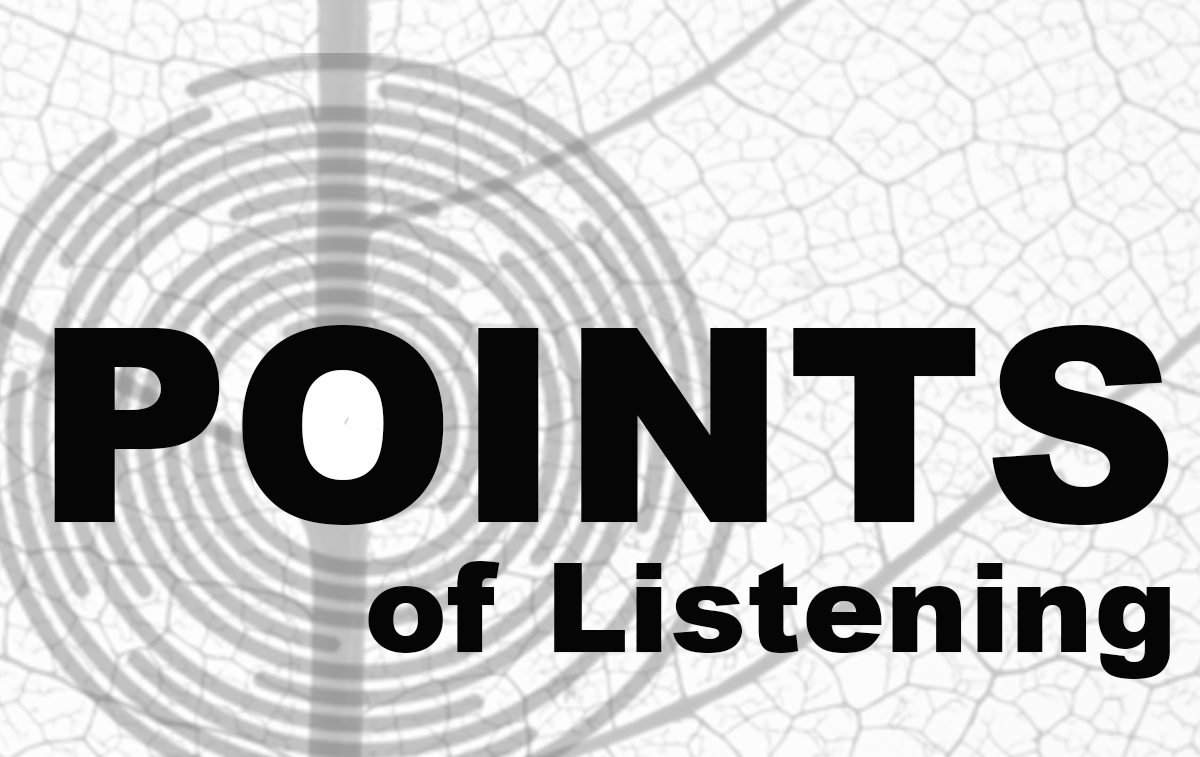Points of Listening is a collective of artists, researchers and collaborators exploring sound, place and the more-than-human world. Through field-work in remote forests, long-duration recordings, immersive installations and performances, we listen together to sonic landscapes and their sounding creatures.
Our work brings together the voices of forest ecosystems, the rhythms of local ecology and the lived experience of Indigenous communities. In cooperation with local villages, we record 24-hour soundscapes, hold collective listening sessions and develop installations that re-cast traditional human ideas of perception and body-memory in relation to non-human life.
Our practice unfolds in fluid formats: installations, performances, documentary film, and sound walks — each shaped by the rhythms of field-recordings and community-knowledge. Through collaboration with local partners, we rethink the boundaries between artist, listener and environment, and promote a listening practice rooted in respect, co-creation and attunment.
We engage with local communities not as passive subjects but as co-creators and knowledge-holders: together we listen, reflect, and share stories of acoustic worlds whose voices are often overlooked. In doing so, Points of Listening becomes not just an arts collective but a collaborative agency for rediscovering the sonic relationships that bind the human and more-than-human worlds.

